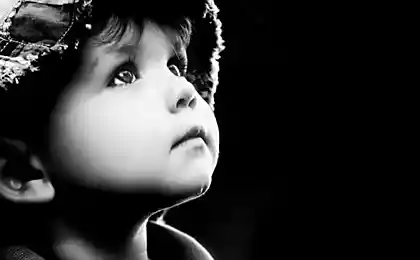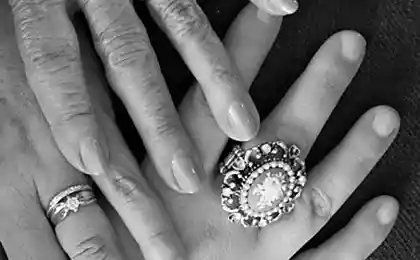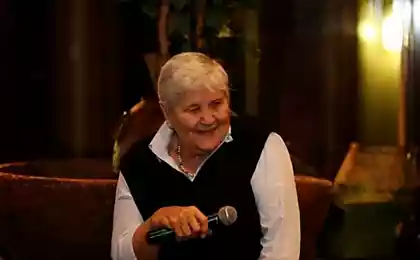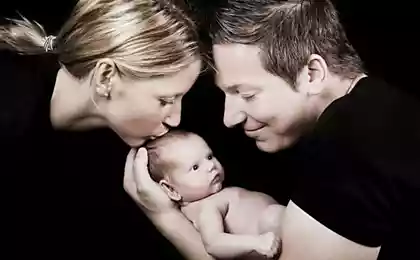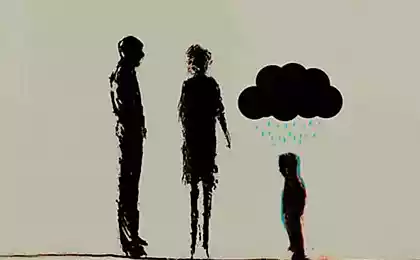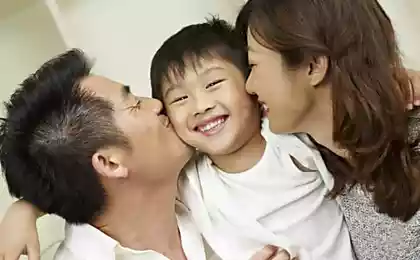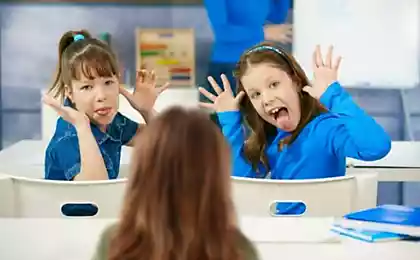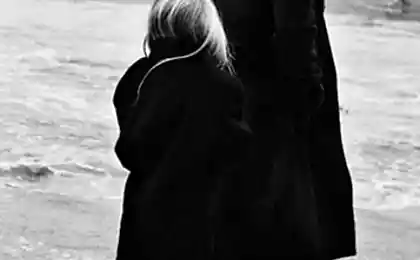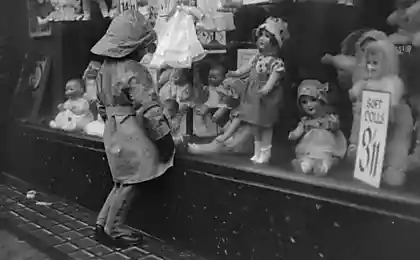628
Management technology child, giving the desired result
Technology's models, methods and techniques that provide the desired result. Different parents have their vision can and should be achieved from the child order what you need from that vision will largely depend on the used methods and techniques. Unlike education, forming personality as a whole, the management solves operational issues "here and now".
Any technology is based on a certain vision of the nature of the child and the parent task. In the case of negative perception, this vision is embodied in the model of "Garden of weeds", in the case of a positive — "the Gardener and the rose".
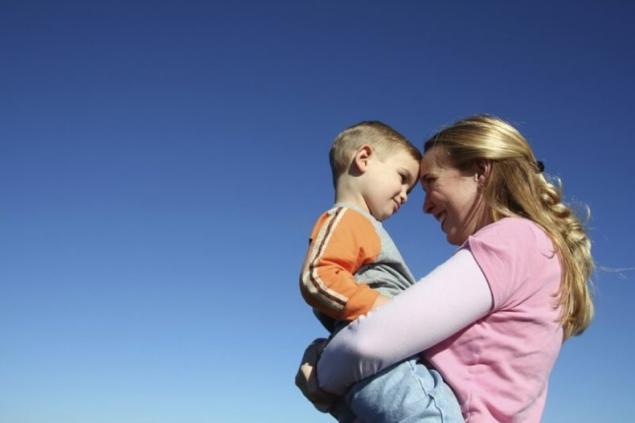
Garden weedModel "Garden of weeds" is based on the belief that the child needs to do like running the garden, to find and weed weeds shortcomings in his soul.
Parents struggle with the laziness and disorganization of children, tramp children's aggressiveness and burned with a hot iron children's lies.
The usual result: the contact is destroyed, the efficiency is low, could achieve little. Sukhomlinsky said that in this case education goes "astray".
"Vices, — he wrote — rooted themselves, go unnoticed for a child, and their destruction is not accompanied by any morbid phenomena, if they are dislodged by the rapid growth of merits." The model is controversial, more productive to work on the positive.
The gardener and the roseIn this model the child is seen as a beautiful flower, which should take care of the teacher-gardener. A good gardener needs to understand the nature of a flower, Bush or fruit tree to grow in him what is inherent in his nature.
Here the child's parents are trying to see what his inclination, and support the child in his aspirations and endeavours.
In this approach, educational outcomes are better than in the model of "Garden of weeds", but the metaphor of the seed, from which unfolds the identity of the child is controversial.
Target impactSomeone's parent thinks is right more often appeal to the emotions, some to reason, someone decides issues of training, working at the level of the body.
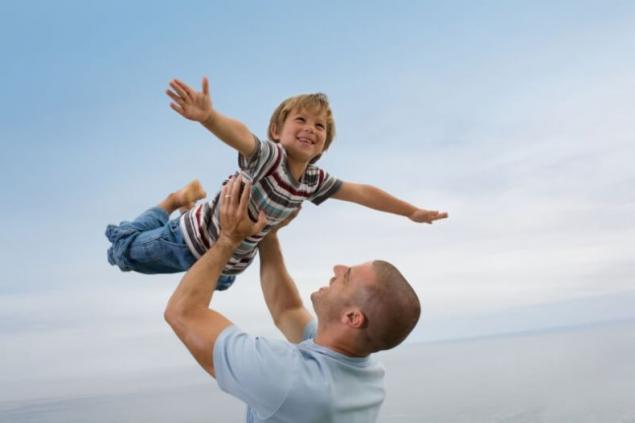
The training or model of "carrot and stick",Think that is the most natural: for a kind act to award, for bad to punish, scold.
In principle this is reasonable, but there are also disadvantages: this system requires the constant presence of the caregiver, the "stick" breaks the contact between the child and the caregiver, and the "carrots" teaches the child unrewarded good not to.
Options:
Model "carrot and stick" is controversial, if it is not an auxiliary, and main. The education is better, if the method of rewards and punishments is supplemented by the method of negative and positive reinforcement, and preference for positive reinforcements and reinforcement of desirable not so much external actions as desirable internal States and relationships.
In any case, it is useful to remember that real education goes far beyond the best of training.
An appeal to the sensesAppeal to the senses — often women strategy. Standard options — it is an appeal to empathy ("Look at you crying sister!" or "Please don't provoke mother"), diversion from unwanted things ("Look at the birdie!) and attracting desirable and making decisions based on feelings, which demonstrates to parents the child (the model of "Traffic light").
Look at you crying sister!
To the great surprise of adults, and especially mothers, of young children this treatment is usually not valid at all. However, if the children get angry in such situations, they sooner or later understand what adults want from them, and begin to depict remorse.
However, children love to copy adultsand if mom is upset often, it starts repeating and children. It's hard to call it a genuine empathy, but the road is laid.
True empathy occurs in children not before the age of seven, and here everything is very individual. There are children to this very located and not located in any way.
Please don't annoy mom!
When a child disobeys, the mother begins to upset yourself and show her how bad this behavior of the child. This model is very common, and is usually practiced among women.
The results? In small children, especially girls, are successfully formed a sense of guilt, affection, and obedience. Older children, especially boys, on it being worse, they have irritation or apathy to the feelings of mothers.
Look at the bird!
Child looking for new attractive clothes around him, distracting and unnecessary.
Works well with young children. Than children older, the more often failures occur. Usually this path ends with a model of "Bribery".
In this model, the parents in their actions are guided by feelings and reactions of the child. Feelings and reactions of a child is the colors of a stoplight for a parent.
The model is controversial. The advantages of this model — sensitivity to feedback, disadvantages — easy to fall under the influence of the child. The child begins to control his parents by showing them those or other your reaction.
Appeal to mindtraffic RulesIn this model it is assumed that the child misbehaves because they simply do not know or forgot the rules. But if to tell him the rules and he will learn, he will do everything...
The parent explains, teaches, tells. Kids listen this is sad, but necessary...
Knowledge of how to behave, of course necessary, but some knowledge without interest and training is dead.
It is easy to verify that children are all the main rules of behavior: "Fighting is bad", "Lying is bad", "Things need to be put in place", but in the clash of the mind and the senses in children is more likely to win the feelings, especially if the meaning of the rules the child does not understand: "Why do we need things to put on a place, and so if they are good?".
To the rules children should be taught, the rules should be simple and straightforward, rules must be extended to children interesting and profitable, the rules should match the child's age.
Total, if the model of the "Rules of the road" is not an auxiliary, and main, this model is controversial.published
Author: N. And.Goats
P. S. And remember, only by changing their consumption — together we change the world! ©
Source: //www.psychologos.ru/articles/view/tehnologii_upravleniya_rebenkom
Any technology is based on a certain vision of the nature of the child and the parent task. In the case of negative perception, this vision is embodied in the model of "Garden of weeds", in the case of a positive — "the Gardener and the rose".

Garden weedModel "Garden of weeds" is based on the belief that the child needs to do like running the garden, to find and weed weeds shortcomings in his soul.
Parents struggle with the laziness and disorganization of children, tramp children's aggressiveness and burned with a hot iron children's lies.
The usual result: the contact is destroyed, the efficiency is low, could achieve little. Sukhomlinsky said that in this case education goes "astray".
"Vices, — he wrote — rooted themselves, go unnoticed for a child, and their destruction is not accompanied by any morbid phenomena, if they are dislodged by the rapid growth of merits." The model is controversial, more productive to work on the positive.
The gardener and the roseIn this model the child is seen as a beautiful flower, which should take care of the teacher-gardener. A good gardener needs to understand the nature of a flower, Bush or fruit tree to grow in him what is inherent in his nature.
Here the child's parents are trying to see what his inclination, and support the child in his aspirations and endeavours.
In this approach, educational outcomes are better than in the model of "Garden of weeds", but the metaphor of the seed, from which unfolds the identity of the child is controversial.
Target impactSomeone's parent thinks is right more often appeal to the emotions, some to reason, someone decides issues of training, working at the level of the body.

The training or model of "carrot and stick",Think that is the most natural: for a kind act to award, for bad to punish, scold.
In principle this is reasonable, but there are also disadvantages: this system requires the constant presence of the caregiver, the "stick" breaks the contact between the child and the caregiver, and the "carrots" teaches the child unrewarded good not to.
Options:
- Bribery. "If you behave, I'll buy you ice cream". In the right hands goes into the model "Rewards success". Often ends up teaching situation Little tyrant "If you don't buy me ice cream, I didn't behave!"
- Another option: short leash, positive training, practiced with unconditional obedience. Many interesting tasks, simple instructions and immediately positive reinforcement.
Model "carrot and stick" is controversial, if it is not an auxiliary, and main. The education is better, if the method of rewards and punishments is supplemented by the method of negative and positive reinforcement, and preference for positive reinforcements and reinforcement of desirable not so much external actions as desirable internal States and relationships.
In any case, it is useful to remember that real education goes far beyond the best of training.
An appeal to the sensesAppeal to the senses — often women strategy. Standard options — it is an appeal to empathy ("Look at you crying sister!" or "Please don't provoke mother"), diversion from unwanted things ("Look at the birdie!) and attracting desirable and making decisions based on feelings, which demonstrates to parents the child (the model of "Traffic light").
Look at you crying sister!
To the great surprise of adults, and especially mothers, of young children this treatment is usually not valid at all. However, if the children get angry in such situations, they sooner or later understand what adults want from them, and begin to depict remorse.
However, children love to copy adultsand if mom is upset often, it starts repeating and children. It's hard to call it a genuine empathy, but the road is laid.
True empathy occurs in children not before the age of seven, and here everything is very individual. There are children to this very located and not located in any way.
Please don't annoy mom!
When a child disobeys, the mother begins to upset yourself and show her how bad this behavior of the child. This model is very common, and is usually practiced among women.
The results? In small children, especially girls, are successfully formed a sense of guilt, affection, and obedience. Older children, especially boys, on it being worse, they have irritation or apathy to the feelings of mothers.
Look at the bird!
Child looking for new attractive clothes around him, distracting and unnecessary.
- Not eating porridge — offer an Apple.
- Doesn't want to do morning exercises, invite friends to go for a swim.
- Didn't go swimming — try to interest the beautiful game of tennis.
Works well with young children. Than children older, the more often failures occur. Usually this path ends with a model of "Bribery".
In this model, the parents in their actions are guided by feelings and reactions of the child. Feelings and reactions of a child is the colors of a stoplight for a parent.
- When the child positively responds to the actions of parents, rejoice in the actions of parents, it is for them to green light, a signal to parents: "Go! Doing the right thing“.
- If the child fulfills the requests of the parents reluctantly, forgets, snaps is yellow for parents, color-warning: "beware, seems something wrong! Think before you say or do!“.
- If the child protests, it's red , signal:" Stop!!! Freeze! In this direction a step forward! Remember where and what broke, fix it urgently and eco-friendly!"
The model is controversial. The advantages of this model — sensitivity to feedback, disadvantages — easy to fall under the influence of the child. The child begins to control his parents by showing them those or other your reaction.
Appeal to mindtraffic RulesIn this model it is assumed that the child misbehaves because they simply do not know or forgot the rules. But if to tell him the rules and he will learn, he will do everything...
The parent explains, teaches, tells. Kids listen this is sad, but necessary...
Knowledge of how to behave, of course necessary, but some knowledge without interest and training is dead.
It is easy to verify that children are all the main rules of behavior: "Fighting is bad", "Lying is bad", "Things need to be put in place", but in the clash of the mind and the senses in children is more likely to win the feelings, especially if the meaning of the rules the child does not understand: "Why do we need things to put on a place, and so if they are good?".
To the rules children should be taught, the rules should be simple and straightforward, rules must be extended to children interesting and profitable, the rules should match the child's age.
Total, if the model of the "Rules of the road" is not an auxiliary, and main, this model is controversial.published
Author: N. And.Goats
P. S. And remember, only by changing their consumption — together we change the world! ©
Source: //www.psychologos.ru/articles/view/tehnologii_upravleniya_rebenkom


